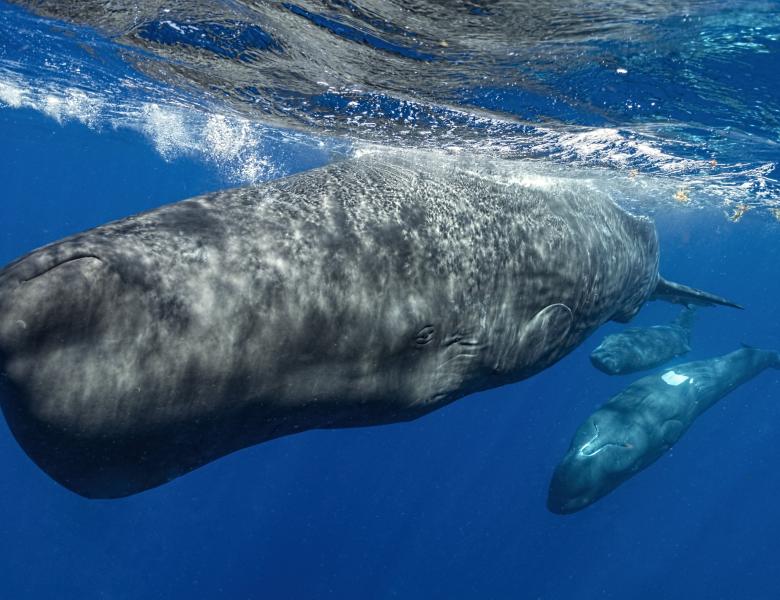
Abstract
Conservation Metrics provides rigorous data for impact assessments, cost-effective tools for measuring ecological changes after restoration and management actions or development projects, and statistically sound approaches for estimating population trends over time. Acoustic sensors are powerful monitoring tools capable of generating rich datasets for a variety of applications. These technologies enable users to collect data over long periods of time, often in remote and hard-to-access locations. Automated acoustic sensors allow researchers to expand the spatial and temporal scale of surveys, and machine learning classification techniques make it possible to automate the detection and quantification of vocal activity. The increased survey effort also improves the statistical power of long-term monitoring projects, alleviating a problem that often hampers traditional conservation monitoring projects. In recent years, there has been growing interest in the potential of passive acoustic surveys as a scalable monitoring method for coral reef communities. Many coral reef inhabitants use or produce sound as a critical part of their life history. As a result, coral reefs have distinctive soundscapes that can propagate for more than a kilometer from healthy reefs, and experiments have shown that many taxa rely on these acoustic cues to choose where to recruit (including planktonic coral larvae, crab larvae, and fish larva). Here we present our work developing standard bioacoustics surveys at coral reef management and restoration sites. Our goals include the development of repeatable field protocols, transparent and efficient processing pipelines for large volumes of acoustic data, and the development of new machine learning classification models and unsupervised clustering techniques to detect and quantify patterns of relative abundance across space and time.


